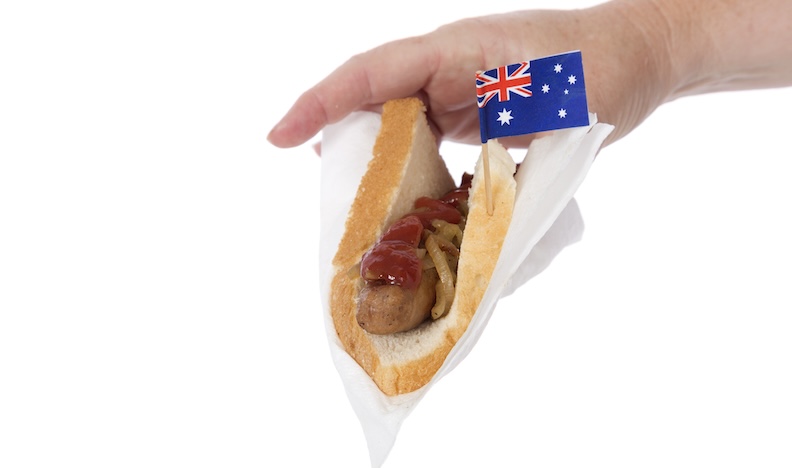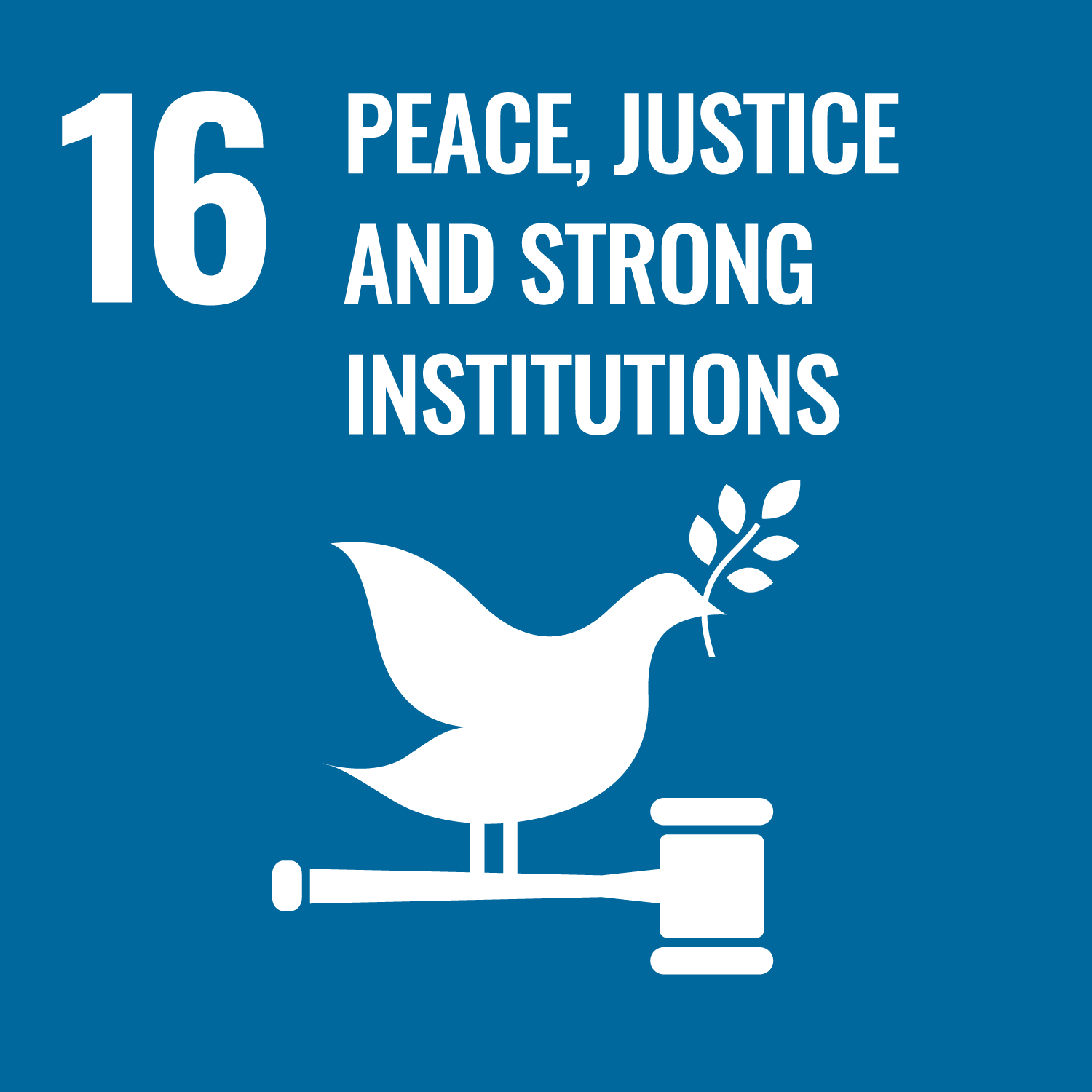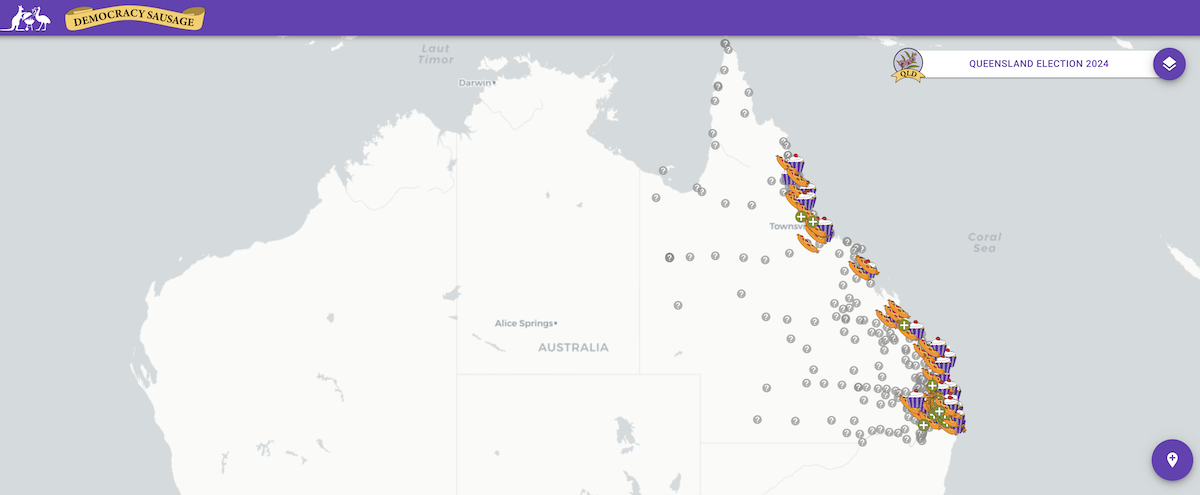On Saturday, Queensland will be waking up to one of its most contentious and important election day. With issues like cost of living, housing, crime, health and women's abortion rights under contention, one can expect that the outcome of this election will determine the immediate future of the Sunshine State. Election days, regardless of their scale and importance, tend to have a distinct atmosphere. It is tense yet exciting, there is a sense of communities coming together to uphold a sense of mateship, friendship and communal camaraderie. Perhaps, no other activity on election captures these emotions that food stalls - particularly, the democracy sausage stalls.
Even though not extensive, there has been some historical writings that investigate the foundations of this socio- cultural practice, inherently characteristic of Australian public life. However, on election day the snag stalls take special significance - it distinctly performs a kind of democracy - where one is rewarded with a sizzling hot sausage with bread, grilled onions and a plethora of sauces.
Historian Professor Brett's work on how Australia embraced compulsory voting titled: From Secret Ballot to Democracy Sausage: How Australia Got Compulsory Voting, explains the election snags process of taking centre stage over time. Recently, democracysausage.org has taken the role of collating the locations, marking all the stalls set to crop up on election day. On its interactive map, there's icons denoting sausages, cake, coffee, bacon and egg burgers, with halal and vegetarian options, too.
Elections in any country are one of the primary signifiers of democracy and often it is incumbent upon public activities, like eating a democracy sausage, to capture the social and political fabric of a nation. The ways in which democracy sausage stalls operate, not only socio-culturally and but also geographically, become emblematic of who are considered the 'model' citizens of Australian democratic emotions and who still remain on the margin. The spectacle of a 'snag sizzle' on Election Day speaks to a number of emotions with undercurrents of nationhood and pride. The coming together of the of food, volunteers and wider general community speaks to a sense of mateship, collegiality and camaraderie - these are all in essence feelings and emotions that as citizens we tend to highlight and celebrate on election day in Australia.
Often, social media posts and national news coverage on election day present the sausage sizzle counter as an activity that one is rewarded with after they have exercised their democratic rights. However, contrary to the emotions of mateship, social responsibility and ethical dimensions of democracy that this activity strives to put forward to in popular culture, one cannot help but wonder some glaring absences and silences at the sausage sizzle stalls. For example, these spaces of camaraderie and community building - perceived to be pillars of Australian national identity, often come across as heavily masculine and predominantly white. Often facilitated through processes of volunteering, these stalls represent a coming together of the many 'publics' that weaves in a sense of solidarity, democratic duties and citizenship.

One may wonder, but so what? Why must every activity be scrutinised through the incisive lens of identity politics and representation? Influenced by multiculturalism and burdened by diversity or not, the democracy sausage sizzle still remains relevant and in fact an endearing on election day. However, as Australia's democratic nature and needs change, so must the activities that celebrate it. Cupcake stalls and democracy sausage stalls continue to provide an atmosphere of the democratic essence of the nation.
However, the question remains what of the changing socio-cultural fabric of the nation? I began this piece with the major issues hinged upon which the upcoming election will be fought on. However, each of these issues, be it the housing crisis, the cost of living, or issues of women's right to health and abortion, are often threaded in with the gendered, racialised and class-based understanding of how the Australian democracy unfolds in current times. It is in purview of this, one cannot help but wonder how do these everyday socio-cultural community activities that have been historically identified with a unique sense of nationhood for Australia, must also reflect the changing fabric of the nation.








